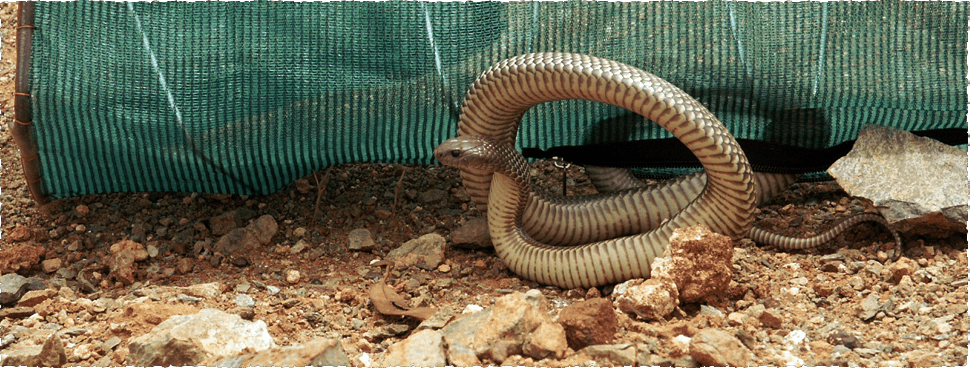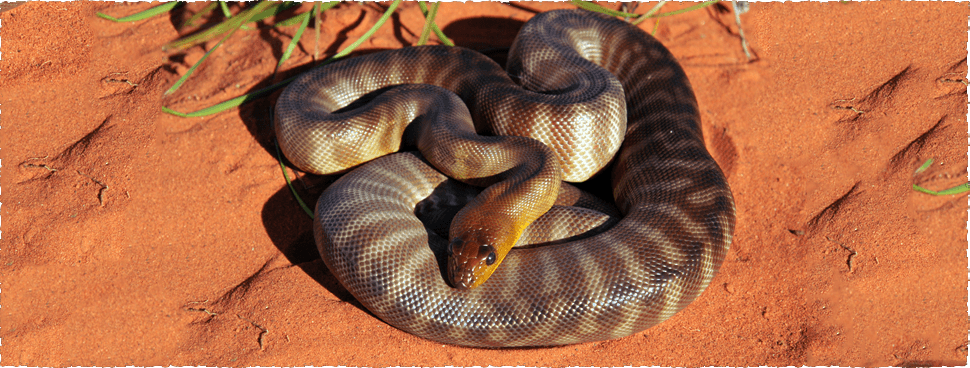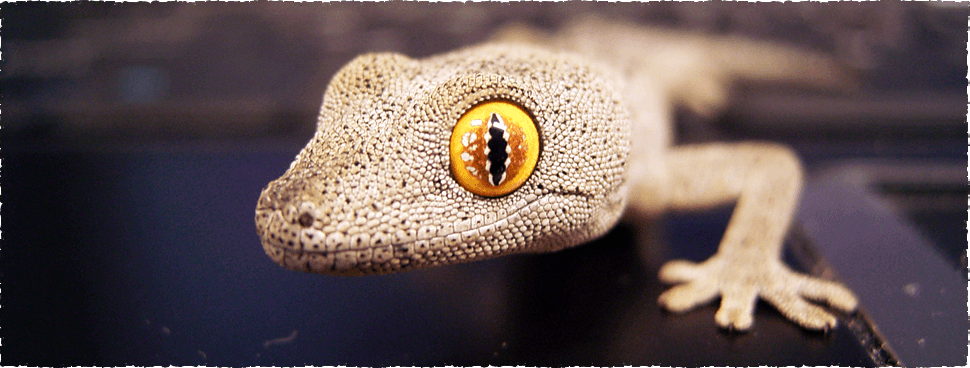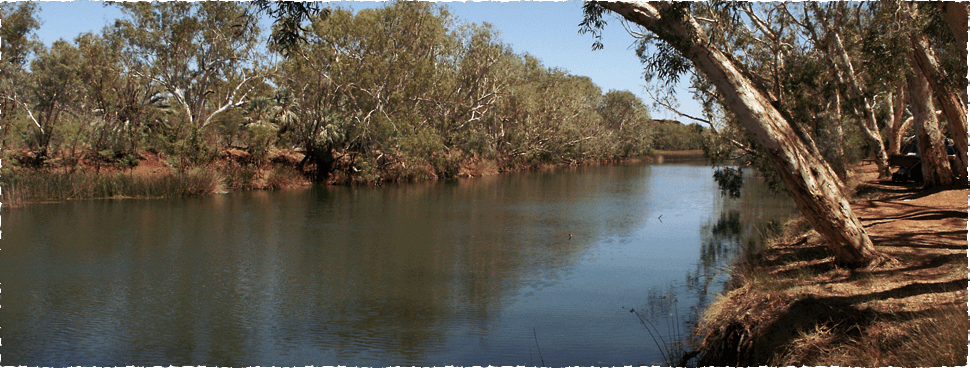Archive for the ‘General’ Category
Bees – do they need to be actively managed during vegetation clearing
European Honey Bees were introduced into Australia 190 years ago, but their wide distribution has mostly occurred in the last 80 years. As we all know, honey bees are cultivated by apiarists for the commercial production of honey but they are also important in pollinating plants. However, bees that have escaped from apiarists hives have […]... [READ MORE HERE]
Threatened species in 2016… what does their future look like
Australia’s first Threatened Species Commissioner, Gregory Andrews, was appointed in July 2014 to bring a new national focus and effort to secure our threatened flora and fauna. On 16 July 2015, Gregory Andrews released the Threatened Species Strategy at the first Threatened Species Summit. This document explains how the policies and programs of the Australian […]... [READ MORE HERE]
WA Cat Act – are you a responsible cat owner and do you know what it means for feral cat trapping?
From 1 November 2013, the Western Australian Cat Act 2011 took effect and it now requires that all cats that have reached 6 months of age to be: microchipped; sterilized; and registered with the relevant local government. Cats are required to wear a collar with their registration tag to ensure that owned cats can be […]... [READ MORE HERE]
Hitching a ride – SRE invertebrate dispersal in the 21st century
Mark Harvey (2002), from the Western Australian Museum, published an article on short range endemism in Australian fauna and provided some examples from non-marine invertebrates. Short range endemic (SRE) fauna are typically those that have naturally small distributions of less than 10,000km2, and within this distribution their area of occupancy may be quite small, discontinuous […]... [READ MORE HERE]
Trading our native fauna – offsetting
Should we be trading our native fauna? Offsetting generally aims to compensate for the loss of biodiversity and in recent times there has been an apparent increase in the use of offsets by land developers and mining companies to enable their specific developments to proceed (Maron et al. 2012). As the use of offsets increases, […]... [READ MORE HERE]
Eradication of the Northern Palm Squirrel in Perth
The northern palm squirrel (Funambulus pennantii) is native to India, Iran, Nepal and Pakistan, but is now also found in Afghanistan. It was introduced into the grounds of the Perth Zoo in 1898 (Sedgewick 1968) and remained confined to the gardens for many years, but from about 1960 they had expanded into or been taken […]... [READ MORE HERE]
Tracking a feral – would you get it right?
Identifying feral animal tracks in the sand is a key skill for a field ecologist, but can everyone do it accurately? This post provides a brief summary of the key features to look for when next attempting to correctly identify some feral predator tracks. The three species looked at here are dogs (Canis lupus), foxes […]... [READ MORE HERE]
Fauna relocation during vegetation clearing – is it really worth it?
Vegetation clearing is a precursor to many urban, industrial and mining developments. Vertebrate fauna are often lost and injured during this process, however, these impacts can be mitigated by implementing a fauna salvage and/or fauna relocation program. A recent paper (Thompson and Thompson 2015) reports on the success of a trapping and relocation program prior […]... [READ MORE HERE]
Rainbow Lorikeets are abundant and a menace
Birdlife Australia has recently released the results from its annual backyard birds survey and the results are a bit scary. The most frequently seen bird in people’s backyards was the Rainbow Lorikeet in both Australia and in Western Australia. The survey was completed by over 42,000 nature loving Australians between 19-25 October 2015 and recorded […]... [READ MORE HERE]
Managing turtles during a construction project
The Bayswater Brook Working Group (i.e. City of Bayswater, Swan River Trust, Perth Region Natural Resource Management, Water Corporation, Department of Water and CSIRO), is working to reduce the quantity of nutrients entering the river by implementing a Local Water Quality Improvement Plan for the Bayswater Brook. It is planned that the Eric Singleton Bird […]... [READ MORE HERE]















